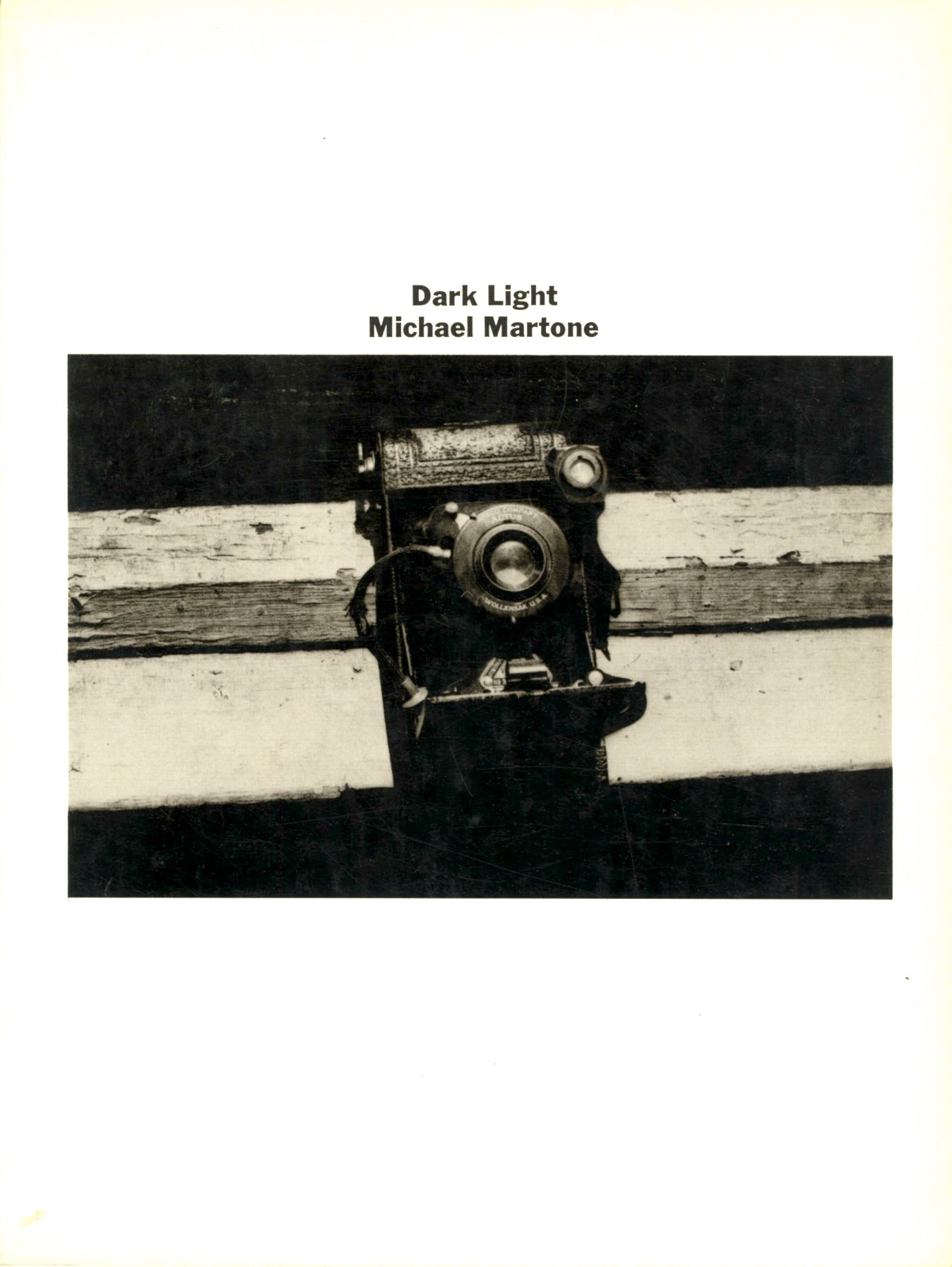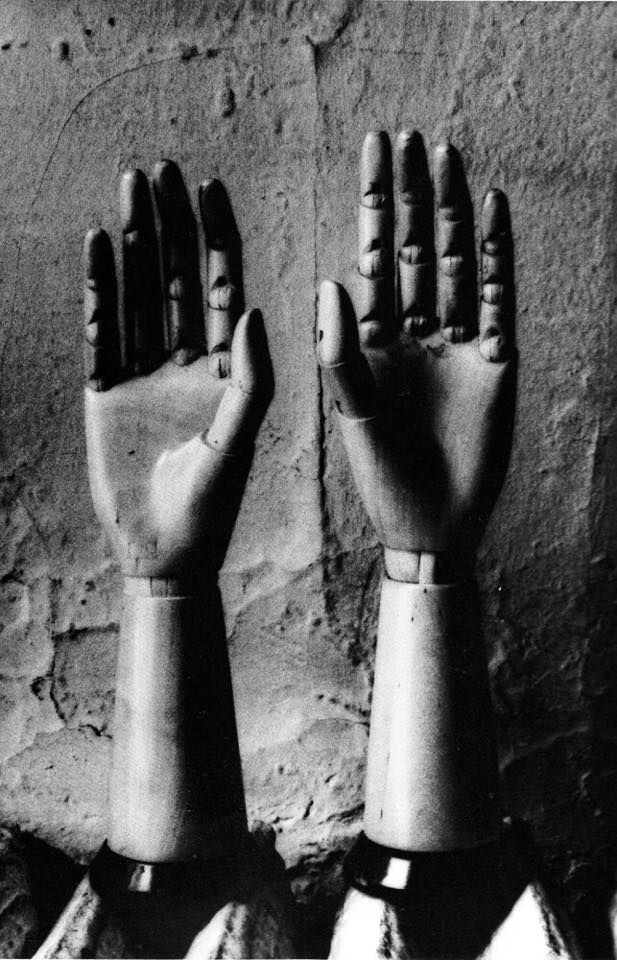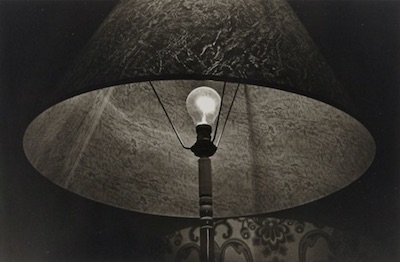 [Come November it’ll be half a century since I parted company with the New York Times, for which I’d written a fortnightly column since September 1970.
[Come November it’ll be half a century since I parted company with the New York Times, for which I’d written a fortnightly column since September 1970.
Looking back over what I produced for the Times that year, I feel that I was just hitting my stride. At the same time, I’d begun to chafe at the implicit restrictions of both the standard form of such columns and the expectations of this particular platform. On the one hand, I found myself increasingly inclined to develop what I then thought of as contextual criticism and what the Germans call ausstellungskritik, as discussed in a previous post. On the other hand, and perhaps paradoxically, I sought ways of deepening my commitment to textual criticism — careful attention to the specifics of both individual photographs and the coherent, multi-image projects that photographers had begun to generate in book and exhibition forms.

Michael Martone, Dark Light (1974), cover
The following review represents one example of this experiment in close reading of a photography book, Michael Martone’s first and only published monograph, Dark Light, published under Ralph Gibson’s Lustrum Press imprint. Though Martone shares a name with a writer of experimental fiction who would issue his first novel a few years later, and writes eloquently himself in a number of unpublished works, he considers himself primarily a photographer, which is how I see him. Regardless of that, his book solicited the kind of consideration usually afforded to a serious autobiographical novel, and I attempted to provide that. After all these years I’m not sure I succeeded, but at least this essay reflects the effort.
This article appeared in the New York Times on March 3, 1974, under the cryptic title “Brooding and Ominous.” (You can find it in its original form here at the NYT archive.) Subsequently I reprinted it in my 1979 collection of essays, Light Readings. In 1986 I curated a survey of Martone’s work for the gallery of the Department of Photography, Tisch School of the Arts, New York University.
You’ll find a quick browse of eight spreads from the book here. — A.D.C.]
•
Michael Martone: “Dark Light”
The title of Michael Martone’s first book, Dark Light, contains multiple meanings. Polarity, for one; opposition and tension. Chiaroscuro also, “pictorial representation in terms of light and shade,” the basis of the photographer’s craft. And a specific mood or quality of light — brooding, ominous — is suggested as well. It is the latter implication which is emphasized in the book’s only text, a fragmentary prelude: “It needed in the first instance / a bright light to expose / and a dark light to expose…” The images themselves, full of a deep and luminous blackness, amplify the sense of foreboding.
In their consistency of style, these photographs represent a dramatic shift in Martone’s work. His exhibitions in New York over the past five years have consisted entirely of unique prints, one-of-a-kind works created through extensive chemical manipulation of the print and/or the use of unusual surfaces such as textured plastics as the vehicles for imagery. By contrast, the photographs in Dark Light are also deliberately sequential, another departure from Martone’s previous work and one no doubt generated by book form as a mode of presentation.

Michael Martone, hands, ca. 1970
The first section of the book is constructed as a narrative. It opens with an image of a violin case in a corner, suggesting some mute, trapped voice. From there the camera, as protagonist, moves down a staircase toward a mirror, but the image is made before its maker is reflected therein. Then, as if at the bottom of the stairs, we see a stereotype of marital bliss — a ceramic bride and groom from a wedding cake, photographed from behind, seemingly about to pass from light into a blackness which is their own shadow. The next image takes us within that blackness. The bride has turned around; her face, covered with white make-up, is mask-like, grim, forbidding.
The pairing of a stained brassiere display with a rigid nude on the next two pages seems to speak of a disparity between fantasy and reality, evoking a sexual coldness which is perhaps linked to the iconic child who appears in duplicate in the following picture. Facing this child, as if symbolizing a revelation, is a lamp. We are looking up under its shade. The bulb is obviously on. The image, paradoxically, is dark.
We return to the nude woman, who has turned to face the wall hiding her eyes from the light. She is juxtaposed to a moribund potted plant. Subsequently, she turns, hands over her eyes. Two light bulbs confront her, and she departs. Now, for the first time, we see the protagonist, represented by a delicately carved wooden doll’s head. He sits on a window sill, in a spatial construct whose odd angularity recalls de Chirico.
His expression is despairing, his eyes are rolled back in his head. The implications are suicidal. The unfulfilled hungers at the root of this despair are summarized in the next image by three scrawny, glistening, almost turd-like dried fish in the bottom of a pan. Across the page from them we are shown a light bulb. It is naked. It is not on.
So far as I can tell, the narrative section ends here. It is followed by a suite of images which sometimes function singly, sometimes are joined in pairs, and occasionally are clustered in larger groups. They appear to be fragments of dreams, nightmares, and memories brought together by free association as a means of amplifying the themes of the first section.

Michael Martone, Lampshade, Paris, 1969
For example, the sense of trappedness evoked by the very first image in the book is extended in one of these clusters. Two photographs — one of 19th-century flower prints caught behind glass in a shop window, the other of a caged heap of turtles –– indicate the imprisonment of living things other than the photographer. The following pair speaks of his own spiritual incarceration through the symbols of impenetrable, sharp-pointed metal bars and a threatening, mythic, two-headed black guard dog.
In a grouping centered around experiences of childhood, the macabre apparition of a row of different-sized but otherwise identical dolls’ heads precedes a study of a photo-restorer’s window display. The inevitable fictionality of this restorer’s “translation” of a photograph of a woman and child is emblematic of the ultimate futility of trying to preserve a relationship with photographic images; even the ethnic identity of the subjects has eroded somewhere between “before and after.”
From there we move to an image of an older child: a sculpture of a neatly-dressed boy sitting on a stool, apparently an advertising device for the adjacent shoe store. His eyes are closed; his hands rest on a book as if he were reading Braille. The image conjures up that peculiar helplessness, that sense of being acted upon, that children experience in shoe stores. (Is that just my childhood, or everyone’s?) And then the photographer studies his own foot, lying in the sand, encased in a tattered, dirty sneaker …
 These are not cheerful photographs. They are direct and specific metaphors for what would seem to be a profound and prolonged suffering which encompasses impotence, fear, deprivation, and loss. Their power resides in the preciseness with which they describe not merely what the eye has seen but what their maker has experienced. Devoid of emotional obscurantism, self-evidently autobiographical, they bespeak a painful vulnerability; yet, in doing so, they gain an eloquence whose foundation is honesty.
These are not cheerful photographs. They are direct and specific metaphors for what would seem to be a profound and prolonged suffering which encompasses impotence, fear, deprivation, and loss. Their power resides in the preciseness with which they describe not merely what the eye has seen but what their maker has experienced. Devoid of emotional obscurantism, self-evidently autobiographical, they bespeak a painful vulnerability; yet, in doing so, they gain an eloquence whose foundation is honesty.
The final three images seem intended to indicate that, given such openness, “perseverance furthers,” to borrow a phrase from the I Ching. In the first of these, the once-despairing male doll’s head, now less distraught and somewhat resigned, has sprouted a flower in a Chaplinesque gesture. The penultimate picture shows a camera, the author’s instrument, lying on its back in harsh sunlight. And then, miraculously, in the last image we seem to enter the camera. The bright light is without; the dark light is within.
•

Special offer: If you want me to either continue pursuing a particular subject or give you a break and (for one post) write on a topic — my choice — other than the current main story, make a donation of $50 via the PayPal widget below, indicating your preference in a note accompanying your donation. I’ll credit you as that new post’s sponsor, and link to a website of your choosing.
And, as a bonus, I’ll send you a signed copy of my new book, poetic license / poetic justice — published under my full name, Allan Douglass Coleman, which I use for my creative writing.





Fifty years ago?
Wow!
Nice to view again…recently I was trying to explain to a young person how photographs were made by hand one at a time in a darkroom ,I must have appeared in this Iphone era as quite an ancient artist akin to alchemy.
Thanks for the memory ,Lustrum press was at that
time the photographer’s version of “The Paris Review”.
The owner/editor Ralph Gibson introduced larry Clark to the world and Tulsa among his own publications.
Yep, five decades .. many moons have passed.
Given the speed at which the technology has evolved, we exist as relics of the medium’s late Jurassic era — “dinosaur bones,” as I put it in a lecture some years ago.
I might add what is not viewed of my prints in the books fine duotone printing by Rappoport are the quality of the original Dark Light prints ,those prints unlike my work in musueum collections can be viewed by any person on demand with I.D. without an appointment at the Wallace Prints and Photographs division on the New York Public Library ,my silver gelatin prints were also duotone, As a teenager I
worked for Vougue and record cover photographers as
there printer and had a side business “Dr Darkroom” to save many a photographers career when
they found out their negs were under or over exposed as to make printing nearly impossibe ,I could do that, but usually at night ,playing jazz records in studios along west 57th street
to save many a photographers film using 0 or # 6 papers and “match fog” during developing is a very happy memory of my teen age years.
I cherish my personal relationship with Michael and standing with him a few times over his sink and trays witnessing his photographs develop. A true friend and teacher.
The photos speak for themselves but could never replace the thousand words you hear when engaging in any conversation with the artist. Michael Martone is the most knowledgeable, most art and life experienced man I have ever known.
Being in a room with him is akin to taking a course from a prestigious university:
Philosophy…check that.
Sociology…check that.
New York City history…check that too.
Photography as art, Photographers as historic documentarians…natch.
There is a lecture poster that identifies him as “The Underground Photographer’s Photographer”. A correct identification; honorable and accurate.
Hi Michael, I’m not sure you’ll read this but I stumbled across this blog trying to find examples of your images to show my students in a grade 12 art class. Imagine my surprise seeing you comment on the post Thank you for your work and you ability to inspire others 50 years onwards. If you’ve got time, I’d also love to share the work I’ve made which, in a way, drew inspiration from yours https://www.justinlouislabelle.com/lost-love-longing